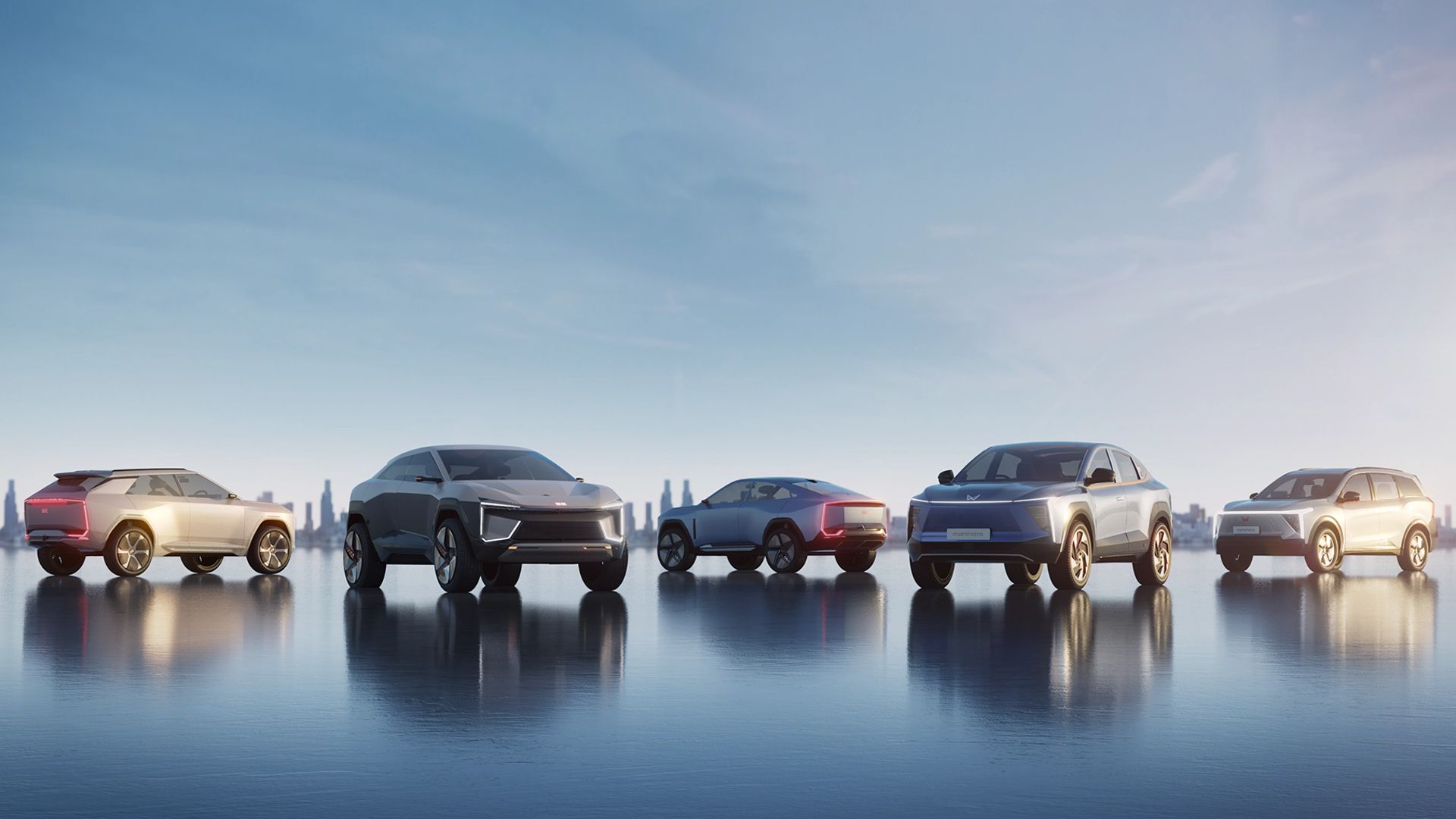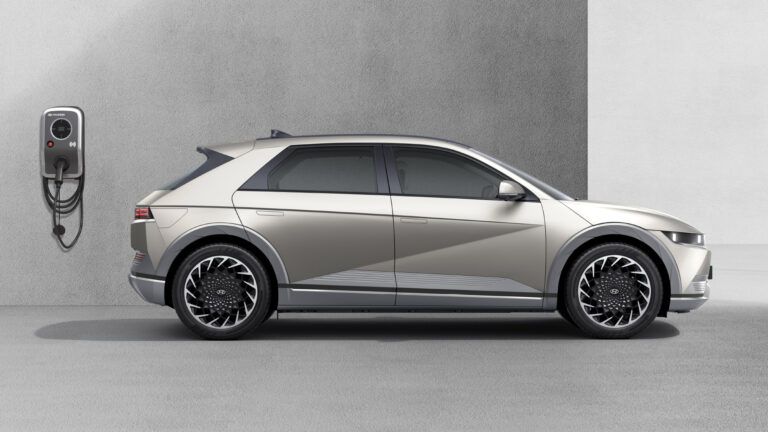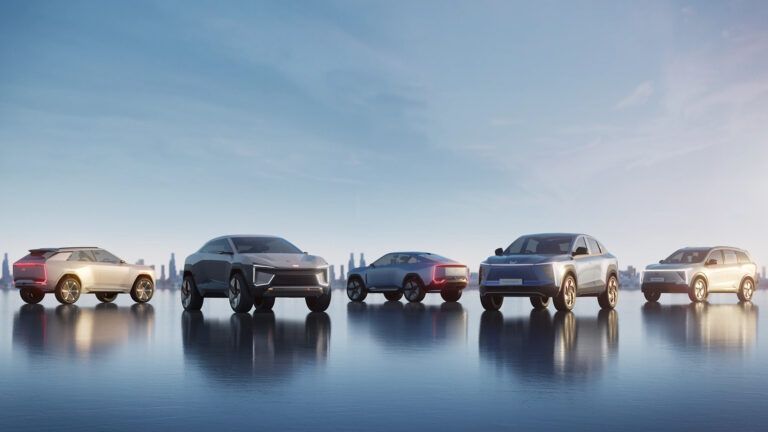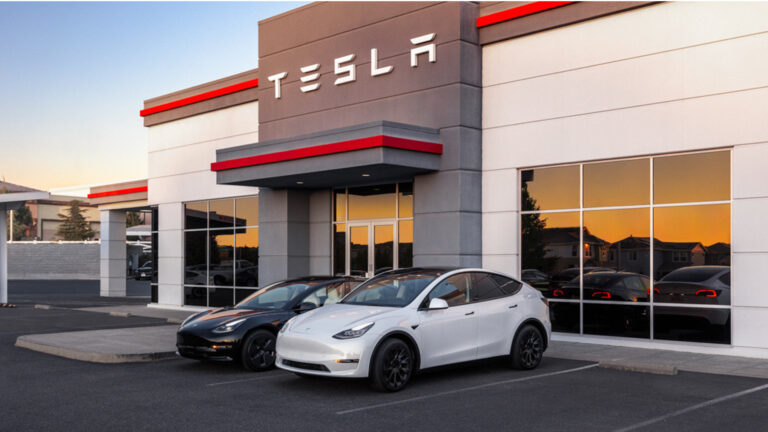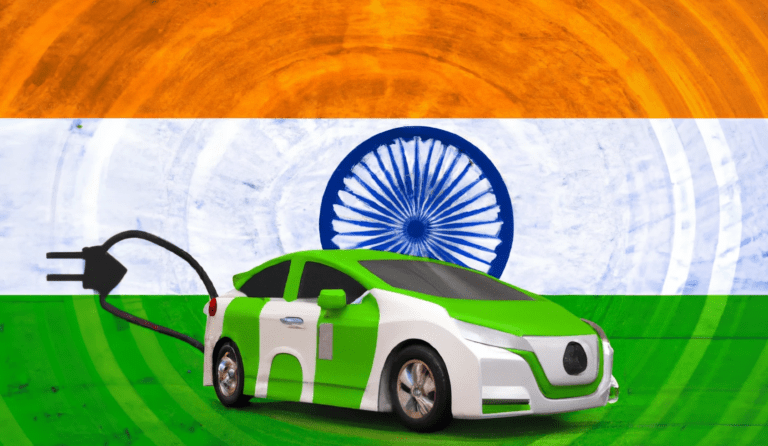Mahindra is preparing to debut a significantly redesigned version of its XUV300 SUV, which is set to join the market next year. According to reports, the redesigned XUV300 will not only have design upgrades but will also include an electric edition, allowing it to fight more successfully in the electric SUV category dominated by the Tata Nexon EV.
The next XUV300 EV is expected to feature similar design modifications as the facelifted XUV300, with special changes to accommodate its electric engine. It will be inspired by Mahindra’s BE SUV series, with characteristic LED daytime running lights, a reworked bumper, and a headlamp assembly. Notably, the rear will be updated with a full-width LED light bar and a redesigned tailboard, while the registration plate will be relocated to the bumper.
The inside of the XUV300 EV is likely to remain the same, with minor changes to accommodate a bigger infotainment screen. However, specifics about the electric motor and range are yet to be revealed. The XUV300 EV is expected to be powered by a 35kWh battery, as opposed to the XUV400 EV’s bigger 40kWh battery.
In terms of pricing, the XUV300 EV is expected to be priced between Rs 15 lakh and Rs 17 lakh, which is around Rs 2 lakh less than the XUV400 EV. The goal of this price approach is to gain a firm footing in the mass-market electric SUV class, which is now led by the Nexon EV. The release date is set for June of next year, after the projected debut of the XUV300 facelift with petrol and diesel engines in February 2024.
Mahindra’s release of the XUV300 EV corresponds with the company’s objective to extend its electric vehicle portfolio and gain a greater portion of the developing Indian electric SUV market. The XUV300 EV, with its redesigned design, low price, and concentration on the EV category, seeks to provide a stiff challenge to the Tata Nexon EV, demonstrating Mahindra’s commitment to sustainable mobility solutions in India’s automotive scene. As the market anticipated these releases, Mahindra’s decision underscores the industry’s movement towards electric mobility and its possible influence on customer preferences in the future years.

